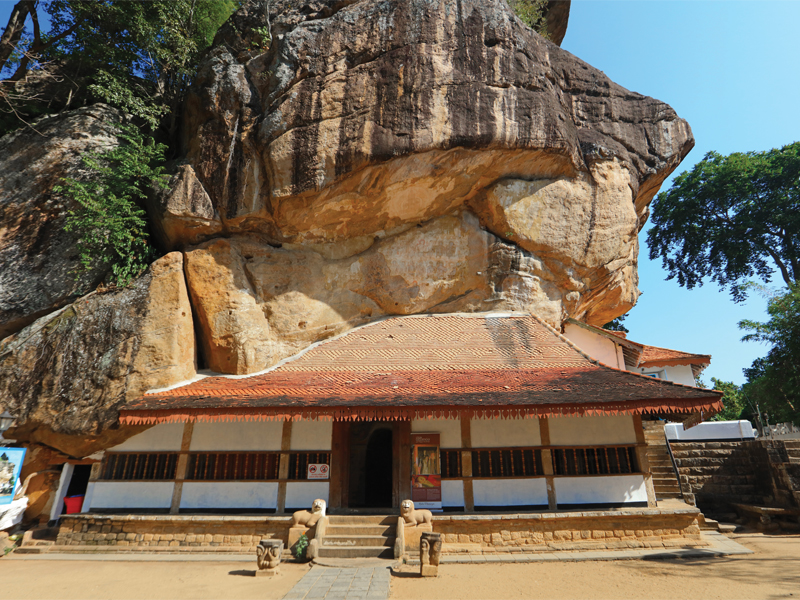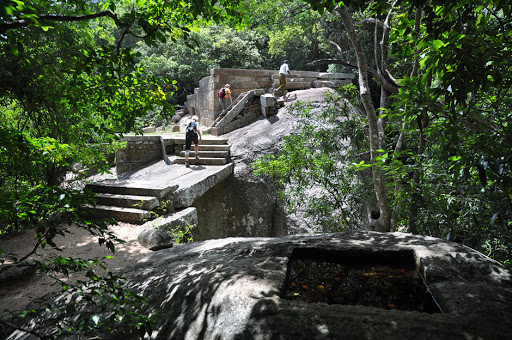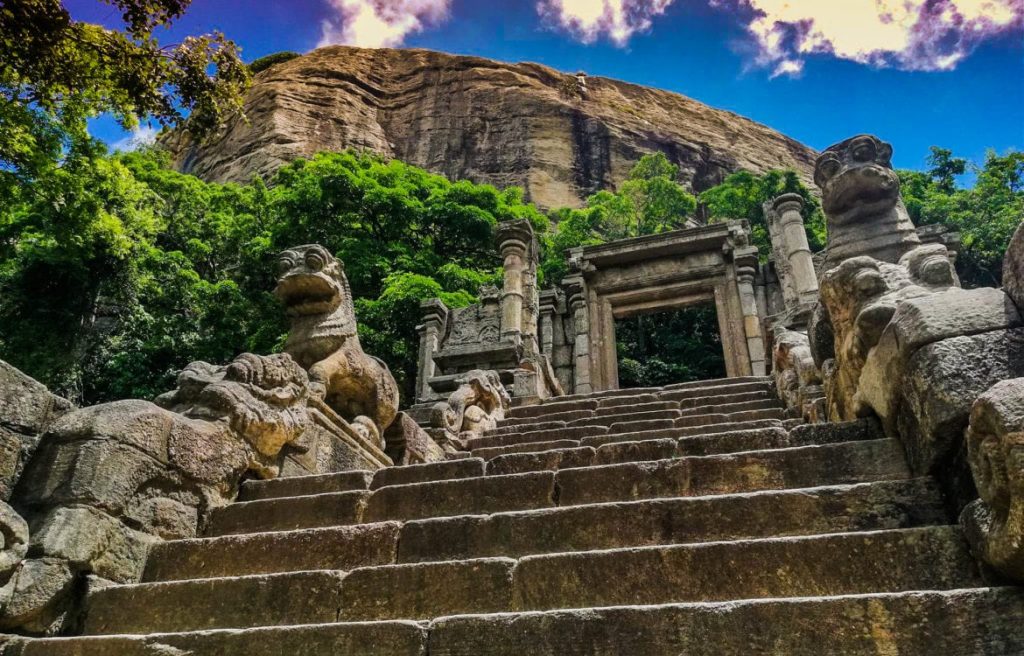There’s more to the cultural triangle than meets the eye. Once you’ve covered Sigiriya and the main sites of commercial attraction, this ancient land has much more for the culture buff in you to discover. The following sites are worth a visit, and a few extra days in the Land of Kings.

Ridi Viharaya, a symbol of thanks
Location: Ridigama,
approximately 18 kilometres northeast of Kurunegala.
Best Visited: Mornings
orLate afternoon, take water with
you and stay hydrated. Wear a shawl and sunscreen! This visit takes
approximately 1 hour
Ridi Viharaya, which translates to ‘Silver Temple’ is a 2nd-century BCE Theravada Buddhist temple in the village of Ridigama. The temple is considered as the place where silver ore, which provided silver to complete Ruwanwelisaya; one of the largest stupa in Sri Lanka, was discovered. According to the chronicles Mahavamsa, this temple complex was built in gratitude for helping completing Ruwanwelisaya.

Ritigala, where legends abound
Location:
43 km from Anuradhapura
Best Visited: Late
afternoon, take water with you and stay hydrated. The complex takes about 2
hours to explore.
Ritigala is an ancient Buddhist monastery and mountain in Sri Lanka, its ruins and rock inscriptions date back to 1st century BCE. The mountain range consists of four peaks of which the main and the highest peak at the south of the range is named Ritigala Kanda. One of mysterious aspect is the belief of powerful medicinal herbs found near the crest. A herb called “Sansevi” is believed to have the power of conferring long life and curing all human pain. According to legend, all vegetation on Ritigala is protected by ‘Yakkas’, or guardian spirits of the mountain. Legend also has it that Prince Pandukhabaya (3rd century BC) was assisted by ‘Yakkas’ during his battles against his eight uncles at the foot of Ritigala.

Yapahuwa, the medieval capital
Location:
The citadel of Yapahuwa lies midway between Kurunagala and Anuradhapura.
Best Visited: Mornings
orLate afternoon, take water with
you and stay hydrated. Wear a shawl and sunscreen! This visit takes
approximately 1 hour
Yapahuwa served as the capital of
Sri Lanka in the latter part of the 13th century (1273–1284). Built by King
Buvanekabahu I on a huge, 90 meter high rock boulder in the style of the
Sigiriya rock fortress, Yapahuwa was a palace and military stronghold against
foreign invaders. Many traces of ancient battle defences can still be seen,
while an ornamental stairway, is its biggest showpiece. On top of the rock are
the remains of a stupa, a Bodhi tree enclosure, and a rock shelter/cave used by
Buddhist monks, indicating that earlier this site was used as a Buddhist
monastery, like many boulders and hills in the area.